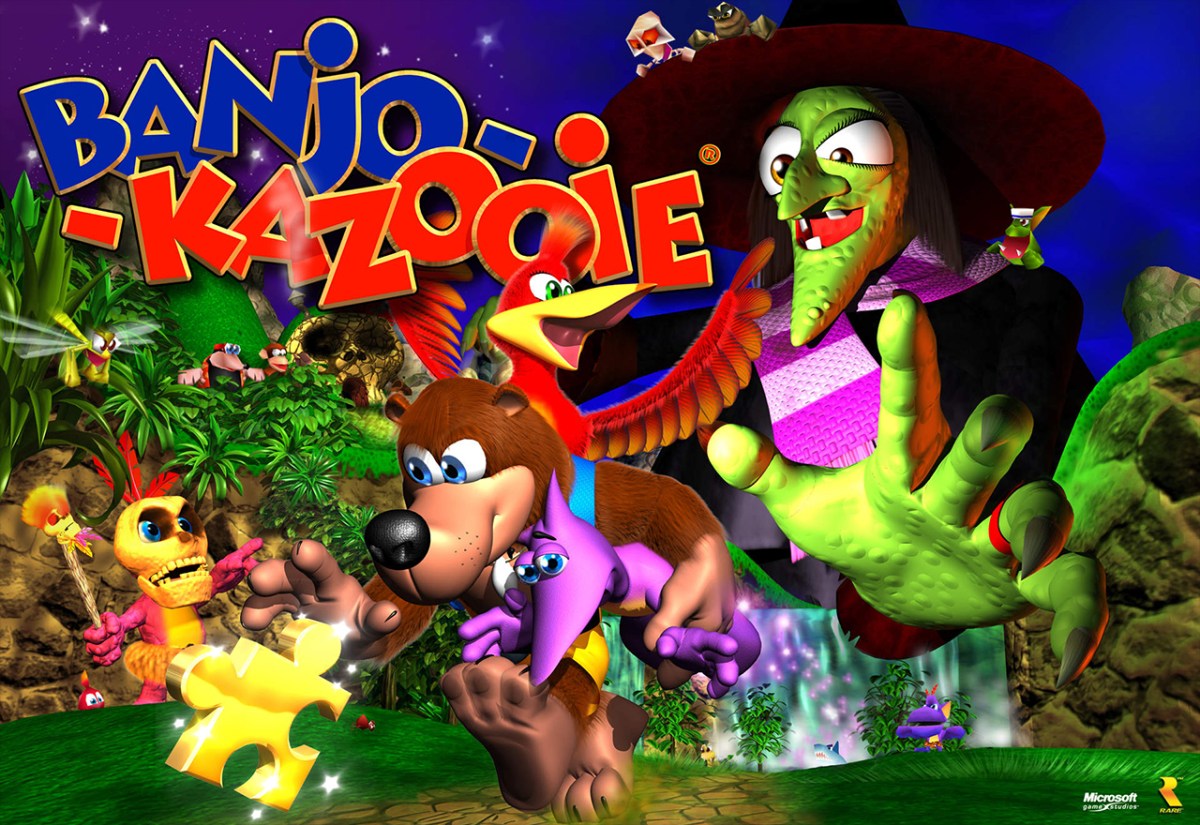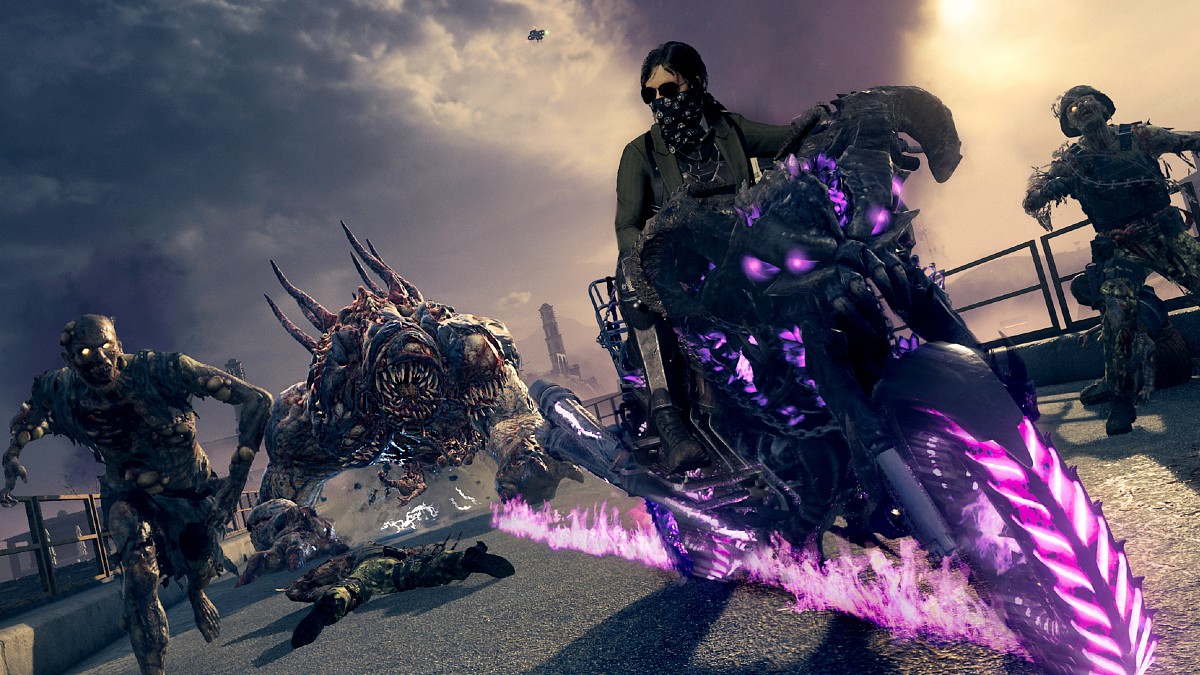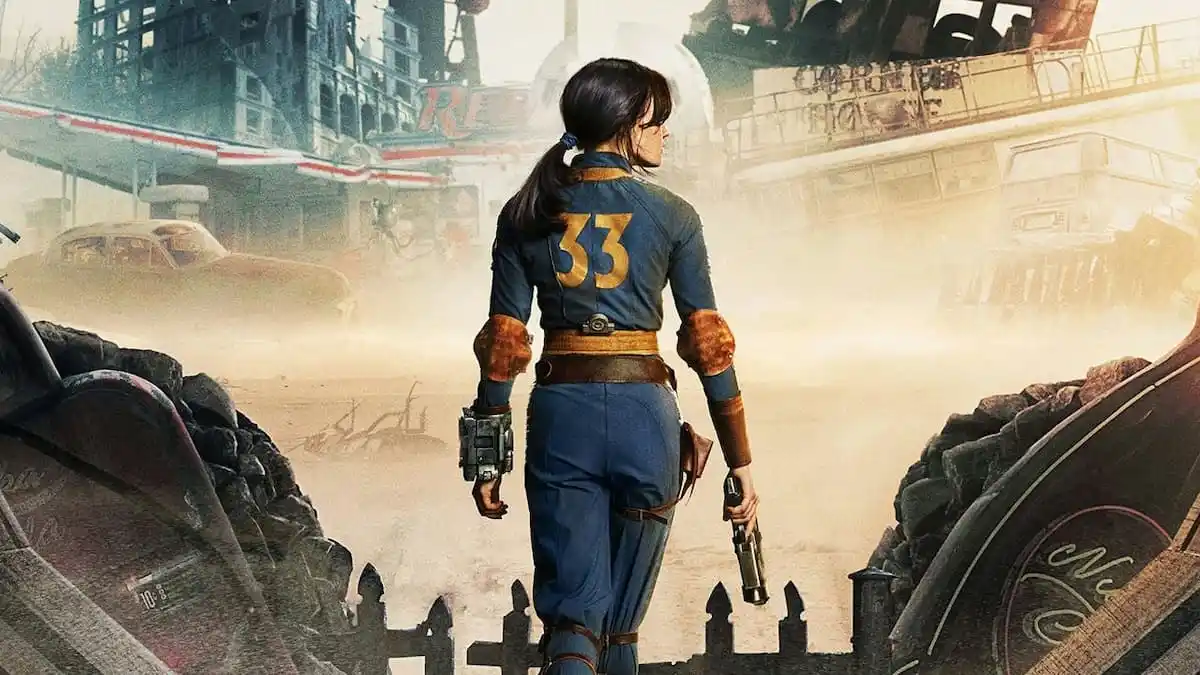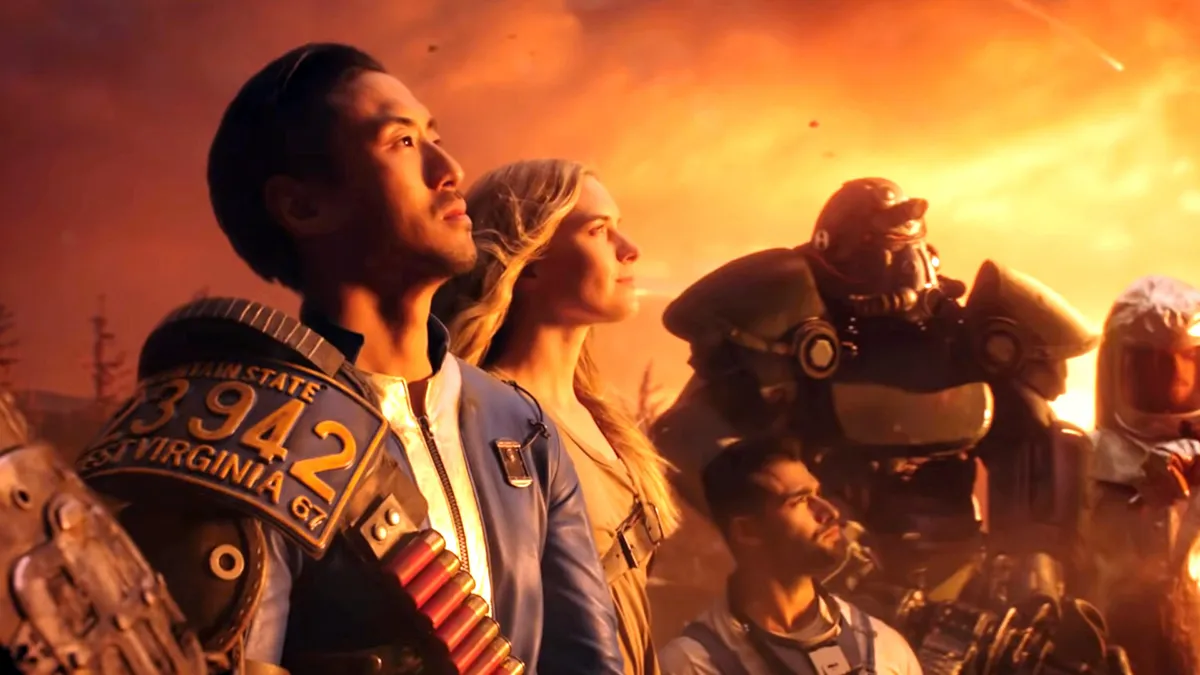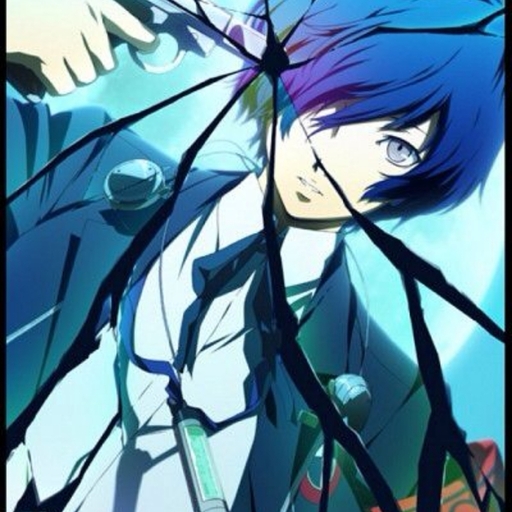On June 29, 1998 — 25 years ago today — the golden boys of the Nintendo 64, Rare, released Banjo-Kazooie. While Rare’s output on the N64 was nothing short of incredible, featuring classics like GoldenEye 007, Diddy Kong Racing, Perfect Dark, and the unfairly maligned Donkey Kong 64, Banjo-Kazooie was something different. It was its first 3D platformer, building on the foundations of Super Mario 64 and creating something entirely unique. It established all of the tropes associated with the collectathon and became one of the bestselling games of 1998. And it also became my favorite game of all time.
Ever since I was a kid, Banjo-Kazooie has been my comfort food. It’s the game I go to now to unwind from much larger games. It’s a game I’ve memorized from front to back and can beat it in a single sitting. It’s a game that taught me how to be a gamer. It’s a game that slowly but surely helped teach me the fundamental skills that I would use to play any and all platformers after that. And on its 25th anniversary, I want to reminisce about it. Why did this game connect with me all of those years ago, more than other childhood classics like The Legend of Zelda: Link’s Awakening, Pokemon Red and Blue, and Digimon World? What makes it unique compared to its contemporaries?
Banjo-Kazooie is a remarkably simple game. Its premise is that you play as Banjo as he goes through the lair of the evil witch Gruntilda alongside his pal Kazooie in order to rescue his kidnapped sister Tooty, whom Grunty kidnapped so that she can steal her youth and beauty. From there, you traverse nine different worlds and collect Jiggies, puzzle pieces that will allow you to open new worlds, and Musical Notes that will allow you to progress further into Grunty’s lair. All the while, she’ll taunt you with rhymes and goad you further and further into her expansive home.
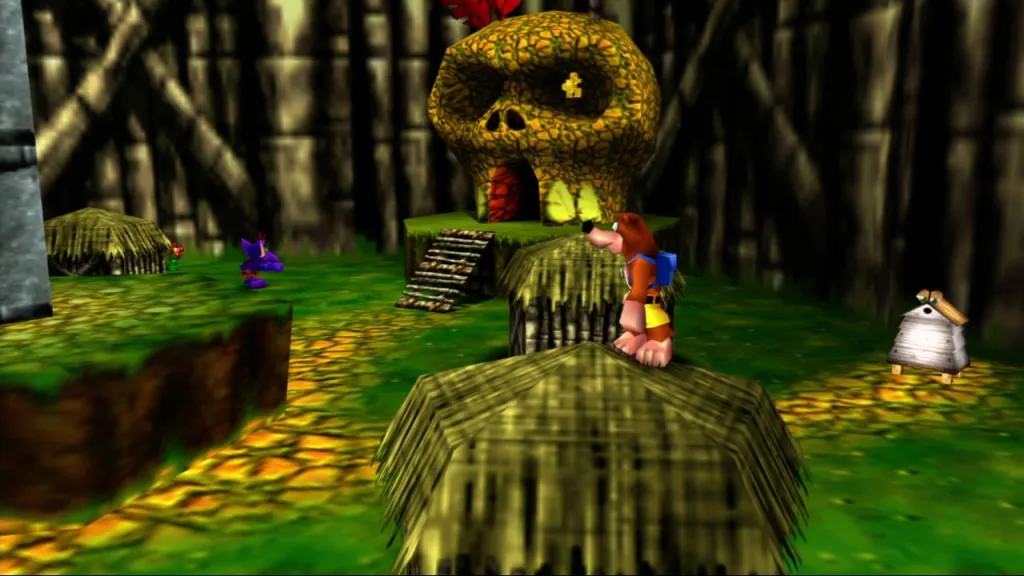
Banjo-Kazooie is great at presenting players with everything they need to succeed, then letting them run loose and figure things out for themselves. There’s a purveying sense of trial and error throughout the game world as you’re meant to figure out how to solve each challenge and conquer each world. You get all of the abilities you need to complete the game at the two-thirds point, including standards like a ground pound and running up a hill. After that, the game can just focus on testing those skills and developing them further.
For example, when you learn how to shoot eggs in the first world, Mumbo’s Mountain, you’re then directed to use that ability to defeat a giant monkey. But future levels won’t be so clear-cut. You’ll have to realize that eggs can be used to fix leaky holes, fill pots, or hit moving targets. Each ability feels like a valuable tool in your arsenal that you will continually use throughout the game.
If you fail, that’s all part of the experience too. In many games, a Game Over feels archaic and doesn’t really serve as an effective punishment. Death in Banjo-Kazooie means something. If you die in a level, your Note progress resets. You still keep all of your Jiggies, but the item that is used to progress through the game is tied to a high score system. Your total Note score is remembered upon death or leaving a level and will be factored into when you examine Note Doors, the barriers that prevent your movement within the lair. If you have enough Notes, then you can progress further in the game. If you don’t, then you need to go back to a previous level and surpass your previous high score.
Some may find this cumbersome and tedious, but I instead think of it as a way to incentivize skill development. If you want to progress further in the game, you need to understand the mechanics and environmental design. You need to learn how each level works and all of their little unique mechanics, like the verticality of Freezeezy Peak or the toxic waters of Rusty Bucket Bay. The tools you’re given don’t change, but your ability to use them needs to improve. If not, you won’t get further into the game, plain and simple. But then you’ll go back to earlier levels, now aware of how these mechanics work, and use them to easily best the challenges that the game throws at you, like Snacker the Shark or the race against Mr. Vile.
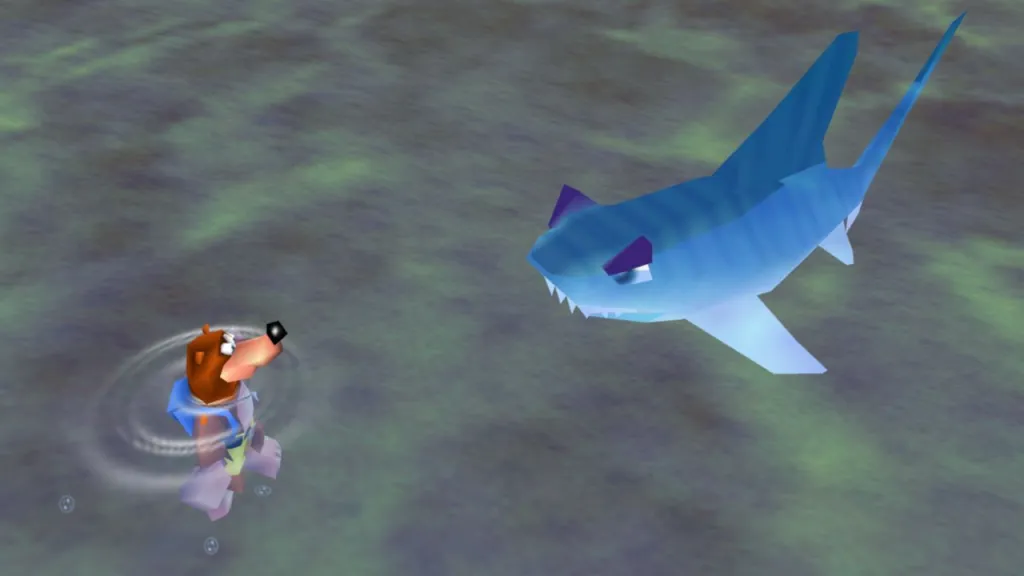
And by the time you reach the endgame, the skill ceiling is to a point where you need to have mastered most of the game. You’ll need 94 of the 100 Jiggies and 810 out of 900 Notes to reach Grunty. You’ll effectively need to perfect a few of the levels to reach Grunty, with only the slightest bit of wiggle room given to players. And for those who do get 100%, you’ll get lovely little bonuses that make the final fight a bit easier, which you’ll most certainly need given how surprisingly challenging the final boss is.
But as I played through Banjo-Kazooie all those years ago, those accomplishments actually meant something. I got a twinge of excitement for every Note Door I opened and wondered what world I would find next. The game is just oozing with creativity as you’re thrown from level to level, exploring this gigantic castle that’s full of magical creatures and strange places. And as you go through it, the music, created by the legendary Grant Kirkhope, alters itself to match the theme of the world you’re entering. At first, the theme of Grunty’s Lair is dank yet adventurous, like you’re exploring this musty cave that no one has ever been in. But as you approach each world, that same tune slightly changes to match the new world, giving you a slight indication of what the level may be like.
The game is just full of these small little touches that elevate it above its peers. The characters all speak in this garbled gibberish that sounds stupid, yet easily conveys each character’s personality. Most objects have these bouncy googly eyes on them, making them literally come alive and giving them some personification. This world just feels alive and to a young kid, it was magical. Even as an adult, there’s such a sense of whimsy here that just can’t be recaptured. It’s bottled imagination, allowing your mind to simply wander and dream.
My favorite moment in Banjo-Kazooie after 25 years typifies that exact moment. It’s a moment near the beginning of the game on your way to the second level, Treasure Trove Cove. There’s a little lake with a passage in it that will take you to a painting, the same kind of painting you use to open up new worlds. This painting has a ton of Jiggies missing and no way to put them in. This is the final level — Click Clock Wood. You won’t be able to insert any Jiggies until you reach the area where the entrance to the level actually is. Then you can travel back, unlock the world, and explore this place that has been in the recesses of your mind since the very beginning. What is this world like? After everything I’ve seen in this game, what could still be thrown at me?

As I’ve played Banjo-Kazooie over the years, I’ve become better and better at it. It was the first game I ever attempted to speedrun. I wanted to see what my mastery of the game looked like, and now I can beat the game in under five and a half hours with 100% completion. I don’t speedrun games often, but Banjo-Kazooie inadvertently taught me the tools to do that: understanding the moves of the characters, learning the level design, optimizing the best route to complete a level as quickly as possible. There’s a warm familiarity I now feel towards the game whenever I load it up, like I’m eating my mom’s chicken parmesan with buttered noodles again. I can just turn the game on and feel completely at ease.
But the best compliment I can give Banjo-Kazooie is that it’s the first game I would recommend to anyone who wants to get into video games. It’s not because it was the first game I ever played or beat, because both of those statements are false, but because the game teaches you to play a video game. It shows you how to progress and how to get better at levels, rewarding you each time with a rush of dopamine as your mind begins to race at what’s up ahead.
It has a goofy charm that even when you do die and have to start over again, it’s not a punishing defeat, and you’ll be smiling and laughing again in no time. Anyone can dive into this game and have a blast, even if it’s 25 years old. It’s one of the few games from its era you can still readily play, either via Xbox One or Nintendo Switch Online. There aren’t many games from 1998 I can say are timeless, since many of them have dated considerably. But Banjo-Kazooie hasn’t. At least in my eyes. And I don’t think it ever will.

